With so many shampoo products on the market, it can be difficult to distinguish among them. While all brands will likely assert their products are the best, you can make an informed decision by analyzing the ingredients of each. Understanding the functions of the ingredients in Palmolive shampoo can help you decide whether you should use this product or another one. While most Palmolive shampoos share similar basic ingredients, specific formulas may contain others. Be sure you review allergen information to prevent any unwanted side effects.
Ammonium Lauryl Sulfate
Ammonium lauryl sulfate is one of the main ingredients in Palmolive shampoo, as well as many other shampoo products. According to the website Sci-Toys, this ingredient helps reduce the surface tension of water, which helps it spread throughout your hair. In addition, Sci-Toys notes that it can also be used as a foaming agent.
Methylisothiazolinone
Methylisothiazolinone, also known as MIT, is an ingredient in many shampoos and other health care products. According to TruthInAging.com, MIT is a preservative that can kill select organisms, such as bacteria. The website explains that MIT's main function is to prevent the growth of fungi and bacteria in health care products. Large concentrations of MIT have been linked to Alzheimer's disease, but TruthInAging.com notes that the amounts in personal care products are too low to have an effect.
Glycol Distearate
According to CosmeticsInfo.org, glycol distearate is used in many skin and hair care products and has lots of uses. Glycol distearate is a skin conditioning agent, which may promote a healthy scalp as part of Palmolive shampoo. In addition, CosmeticsInfo.org notes that glycol distearate is used to increase the viscosity, or spreading tendency, of cosmetics products. According to the site, glycol distearate is considered safe by the Cosmetic Ingredient Review Expert Panel, which is an independent group that includes experts in dermatology, toxicology, pharmacolgy and veterinary medicine. The U.S. Food and Drug Administration participates in the panel.
Cocamide DEA
Cocamide DEA is used for many purposes, according to the website Useful Chemicals. Cocamide DEA acts as a skin protectant, foaming agent, stabilizer and viscosity enhancer. Despite cocamide DEA's use as a skin protectant, Useful Chemicals notes that the ingredient may cause skin irritation. In addition, cocamide DEA has the potential to irritate your eyes and respiratory system if it comes into contact with your face or you inhale its fumes.
Related Articles
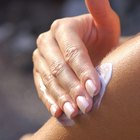
Shea Butter Safety
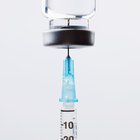
Dimethicone Hazards
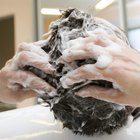
Inert Ingredients for Dove Shampoo

Shampoos for Hair Loss Due to ...

Neutrogena T-Gel Shampoo Ingredients
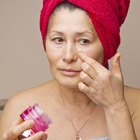
Ingredients in StriVectin SD
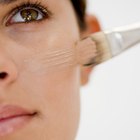
Ingredients in Maybelline Foundation
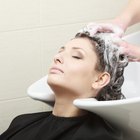
Ingredients in Redken Shampoo
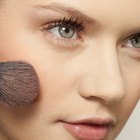
Merle Norman Ingredients

Neutrogena Ingredients

What Is Glycerine Used For?

Infusium 23 Leave in Treatment ...

Ingredients in Hairfinity Vitamins

Is Allantoin a Relative of the Lanolin ...

Ingredients of Axe Body Wash

The Ingredients in Bag Balm

Dry Itchy Scalp Due to Hair Coloring
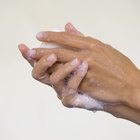
Ingredients in Hand Soap

Affirm Relaxer Ingredients

The Ingredients of Neutrogena Sensitive ...
References
Writer Bio
Brian Willett began writing in 2005. He has been published in the "Buffalo News," the "Daytona Times" and "Natural Muscle Magazine." Willett also writes for Bloginity.com and Bodybuilding.com. He is an American Council on Exercise-certified personal trainer and earned a Bachelor of Arts in journalism from the University of North Carolina.